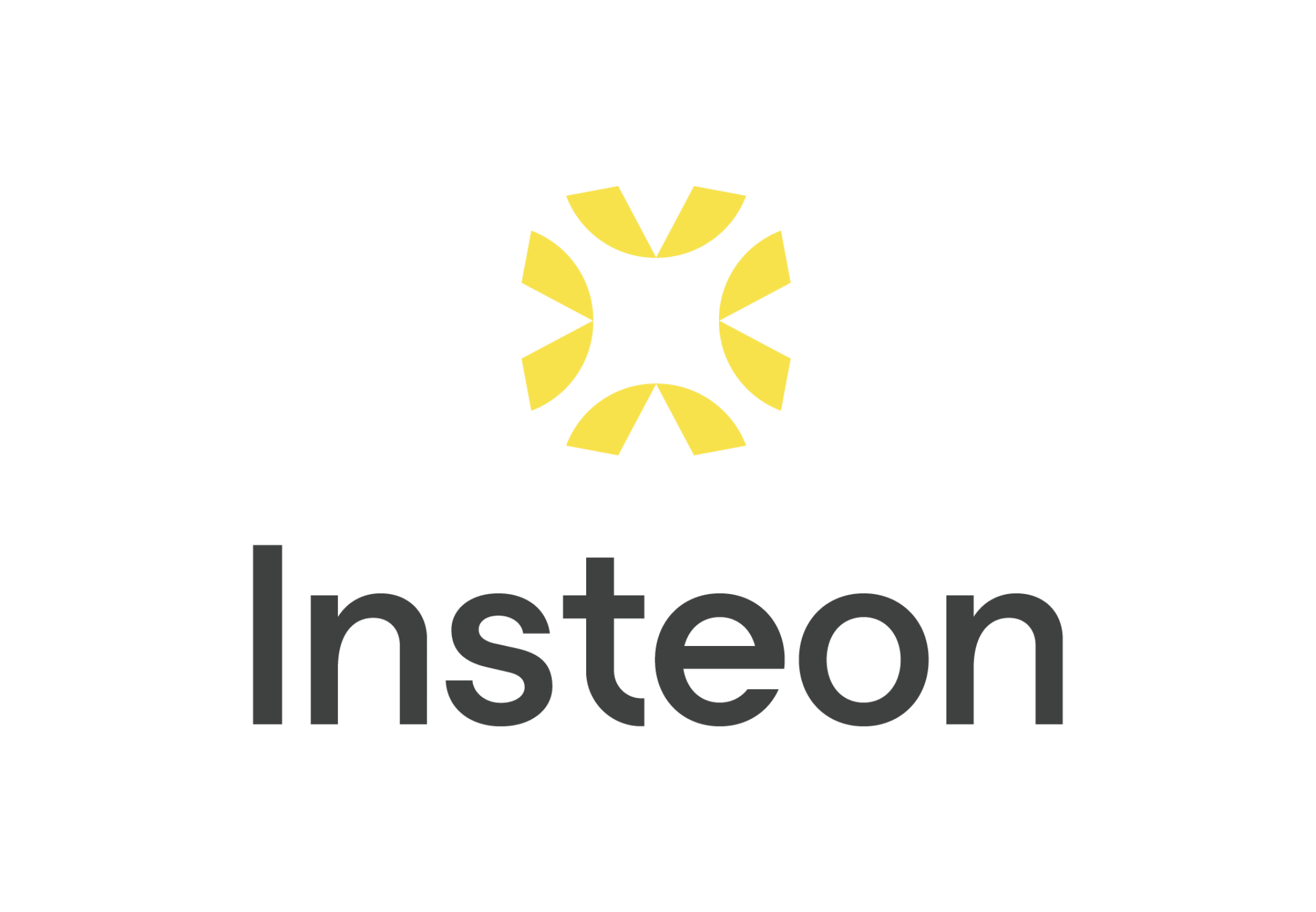A Crisis of Ownership
Imagine waking up one morning to find that your expensive, professionally installed smart lighting system no longer responds. The switches installed in the wall still work, but the automations, the app control, the voice commands, the very smart features you paid for, have vanished. This isn’t a power outage or a network failure in your home. Your home is now haunted by digital ghosts, the silent, useless husks of smart technology rendered useless as a result of a corporate decision made hundreds or thousands of miles away.
When a smart home company fails, customers are often left with nothing more than expensive paperweights. This has been the story for users of Google’s Revolv, Lowe’s Iris, and many others. The sudden collapse of Insteon in 2022 seemed to be another chapter in this cautionary tale. However, what happened next was remarkable: the users themselves revived the company. This user-led resurrection makes Insteon the ultimate case study for exploring the dangers of relying on the cloud and the power of local control and intelligent sovereignty.
The Vanishing Act of April 2022
In April 2022, Insteon’s cloud servers went offline without warning, triggering an immediate and catastrophic blackout for its customers. The system’s central hubs became useless, the mobile app ceased to function, and voice assistant integrations were cut off. Concurrently, the 17-year-old company’s entire digital presence, from its website and forums to its official support pages, was wiped from the internet.
The shutdown left an estimated 1.3 million users in the dark, their expensive investments in Insteon’s proprietary hardware rendered useless overnight. In a final, ironic twist, the company’s own status page continued to claim all services were operational—a digital ghost mocking its abandoned customers. The collapse laid bare the fundamental risks of cloud dependency. As Ben Wood, chief analyst at CCS Insight, commented, “This shows the perils of handing over the control of your house to a solution which requires a cloud platform…a decision that should not be taken lightly.” (InsideHook, 2022).
The Enduring Power of Local Control
The Insteon shutdown provided a real-world lesson in the resilience of local control, but it also exposed the limitations of a system tethered to a cloud service. The core Insteon hardware that was directly linked—such as a keypad button programmed to control a light switch—continued to function perfectly. These local connections did not require the hub or an internet connection to operate.
However, any device not configured for local operation ceased to function. Furthermore, the locally linked devices were effectively frozen in their current configuration because the cloud-based app was the only way to access their settings. This technical detail demonstrates that while a system with local processing at its core is more resilient, its full potential can still be held hostage by cloud dependency for configuration and management.
A Remarkable Revival
The Insteon story took a remarkable turn when, in June 2022, a small group of its passionate users acquired the company. Abandoned by the corporation, these users declared their digital sovereignty by taking direct control of their property. Their success proved a fundamental point: ultimate authority over a home rests not in a boardroom but with the individual who controls the hardware. Since its community revival, Insteon has stabilized and continues to grow, demonstrating the longevity of a truly user-centric model.
The “free cloud” was a promise the original Insteon could not keep. Providing lifetime service—with all its recurring server and development costs—for a single hardware sale was a recipe for failure. This financial time bomb is exactly what led to the company’s collapse. The new user-led owners faced a difficult choice: repeat that mistake or make the service sustainable. They chose sustainability, introducing a mandatory subscription fee for cloud access. This decision finally made the true cost of the cloud visible, proving that in the world of connected hardware, “free” is just a deferred payment with a dangerously high interest rate.
The Insteon saga is more than a cautionary tale; it is a lesson from the central battleground of the smart home: the fight for true ownership. It forces every consumer to ask: Am I a tenant in my own home, subject to digital eviction by a corporate landlord, or am I the sovereign of my domain? The choice for local control is not merely technical—it is a declaration of ownership. It is the powerful assertion that when you buy something, it truly belongs to you and not the company that sold it.
Cited Works
InsideHook. (2022, April 20). What happens when a smart home company shuts down? https://www.insidehook.com/culture/insteon-ihome-smart-home-shut-down

